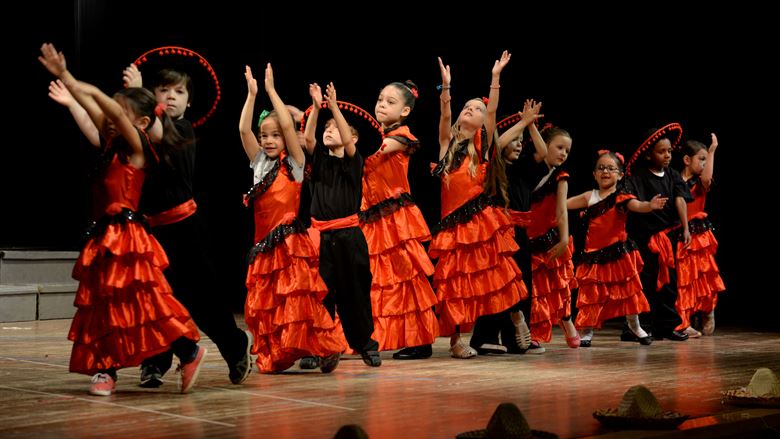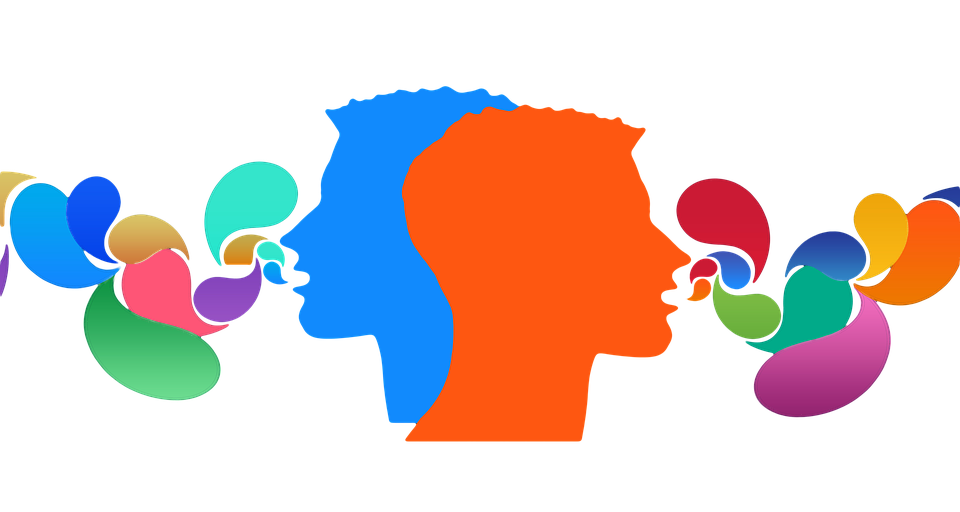Global Learning in the Spanish Classroom
How global learning impacts students.
There are many different ways to be a global educator. In reading this week’s chapter, I was able to extract methods to educate students more effectively, specifically focusing on global learning.
I currently teach a beginner’s Spanish class at a private school, but I am by no means an expert. It is my first year, and while I have many optimistic ideas, I do not feel like the students will know any Spanish by the end of the year. But, if I can teach them anything, I hope my students will walk away with a better understanding and appreciation of the Spanish culture, and be more interested in potentially learning it at home or through another class.
I am minoring in Spanish, and I have already obtained a seal of biliteracy in New Jersey. I am aiming to become an ESL teacher. I have no Spanish background culturally speaking, but I am passionate about the language and have made it my mission to learn all the words that I can. I believe that I have had a great deal of open-mindedness in my approach to learning the language, and have been excited and engaged– all valuable characteristics of global learning.
Let’s think back to my current class. My students are currently working on a research project about Spanish-speaking countries. I found that they were not engaged in learning the language when I tried rote memorization and basic activities, but my goal is for them to understand the significance of what they are learning after this project. Hopefully, by the end, they will be more interested and engaged in learning Spanish due to the growth in their cultural and global awareness.
This textbook has given me many tools that could be valuable in improving how globally connected the classroom is. For example, I would love to have my students Skype with another Spanish class in order to speak one-on-one with Spanish students. I feel that this would help them have a “breakthrough of stereotypical understandings” (The Global Educator pg 53) and show them the similarities between classrooms. In addition, it would be a form of “authentic learning” (The Global Educator pg 54) in which students are in charge of their own learning; they could ask their own questions and hear a range of different opinions.
Most significantly, I hope that my students have an interest in travel and international study, which is often a result of global learning. They may seek higher education that allows them to speak more fluently and obtain better jobs. Such an increased global awareness would lead to a greater vigor to understand the language and be authentically immersed in it.

There are many different ways to be a global educator. In reading this week’s chapter, I was able to extract methods to educate students more effectively, specifically focusing on global learning.
I currently teach a beginner’s Spanish class at a private school, but I am by no means an expert. It is my first year, and while I have many optimistic ideas, I do not feel like the students will know any Spanish by the end of the year. But, if I can teach them anything, I hope my students will walk away with a better understanding and appreciation of the Spanish culture, and be more interested in potentially learning it at home or through another class.
I am minoring in Spanish, and I have already obtained a seal of biliteracy in New Jersey. I am aiming to become an ESL teacher. I have no Spanish background culturally speaking, but I am passionate about the language and have made it my mission to learn all the words that I can. I believe that I have had a great deal of open-mindedness in my approach to learning the language, and have been excited and engaged– all valuable characteristics of global learning.
Let’s think back to my current class. My students are currently working on a research project about Spanish-speaking countries. I found that they were not engaged in learning the language when I tried rote memorization and basic activities, but my goal is for them to understand the significance of what they are learning after this project. Hopefully, by the end, they will be more interested and engaged in learning Spanish due to the growth in their cultural and global awareness.
This textbook has given me many tools that could be valuable in improving how globally connected the classroom is. For example, I would love to have my students Skype with another Spanish class in order to speak one-on-one with Spanish students. I feel that this would help them have a “breakthrough of stereotypical understandings” (The Global Educator pg 53) and show them the similarities between classrooms. In addition, it would be a form of “authentic learning” (The Global Educator pg 54) in which students are in charge of their own learning; they could ask their own questions and hear a range of different opinions. And, according to The American Council on the Teaching of Foreign Languages, students who learn a second language are more likely to have positive feelings about the people who speak that language, leading to fewer stereotypes and greater respect.

While researching ways to be more globally conscious, I found the following article. It lists countless activities to be done in the classroom, all of which involve doing something hands-on and exciting. I cannot wait to use some of the activities in my own classroom, most notably the Twitter story-writing idea.
I hope that my students have an interest in travel and international study, which is often a result of global learning. They may seek higher education that allows them to speak more fluently and obtain better jobs. Such an increased global awareness would lead to a greater vigor to understand the language and be authentically immersed in it. This is all a part of global learning’s impact on the student, and it shows that students who are more actively engaged in a global sense feel more connected to the subject, and therefore are more likely to advance. Knowledge means nothing until it is connected to real-world examples and given relevance.
-
-
-
-
/ 0 Comments